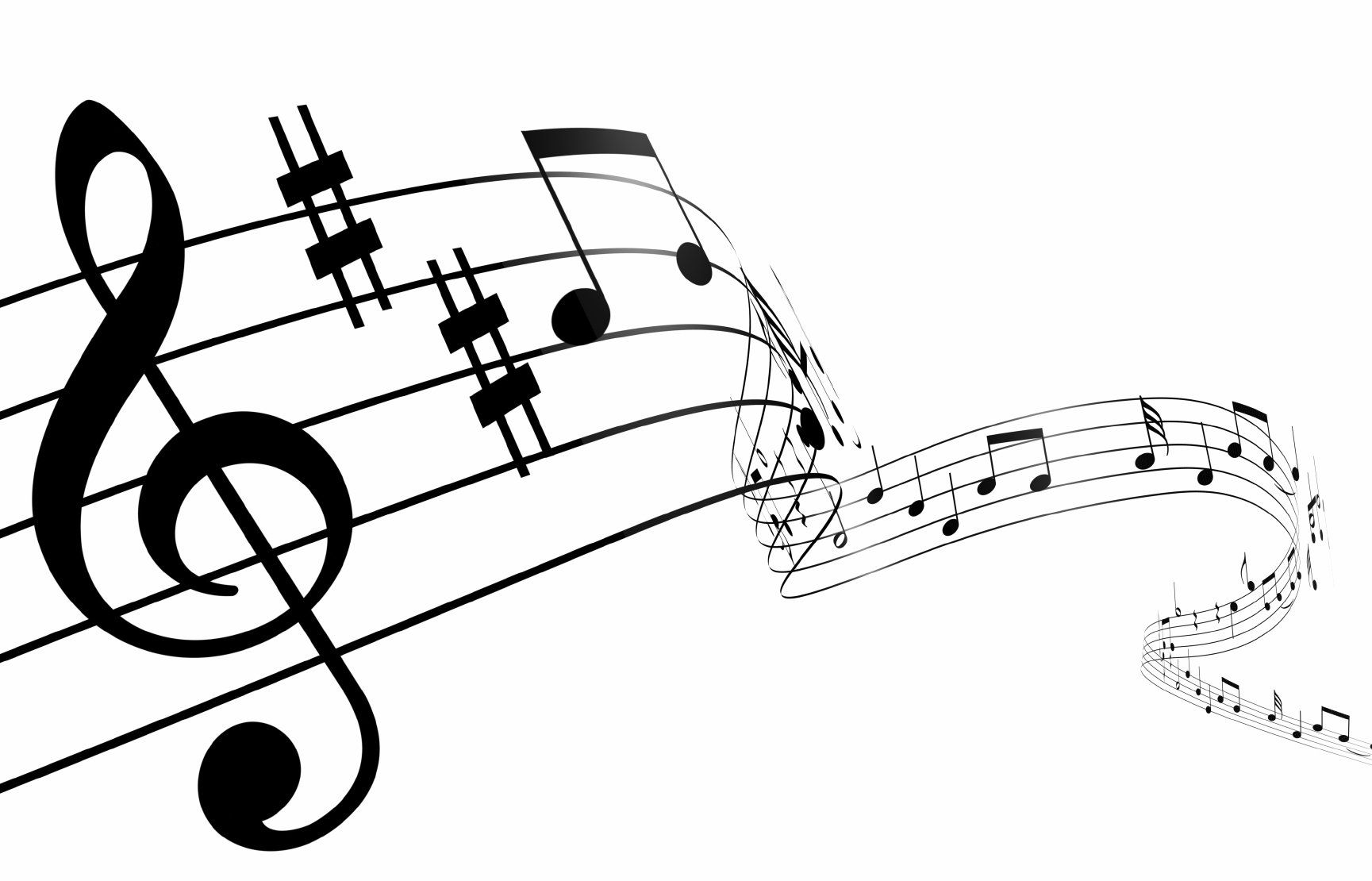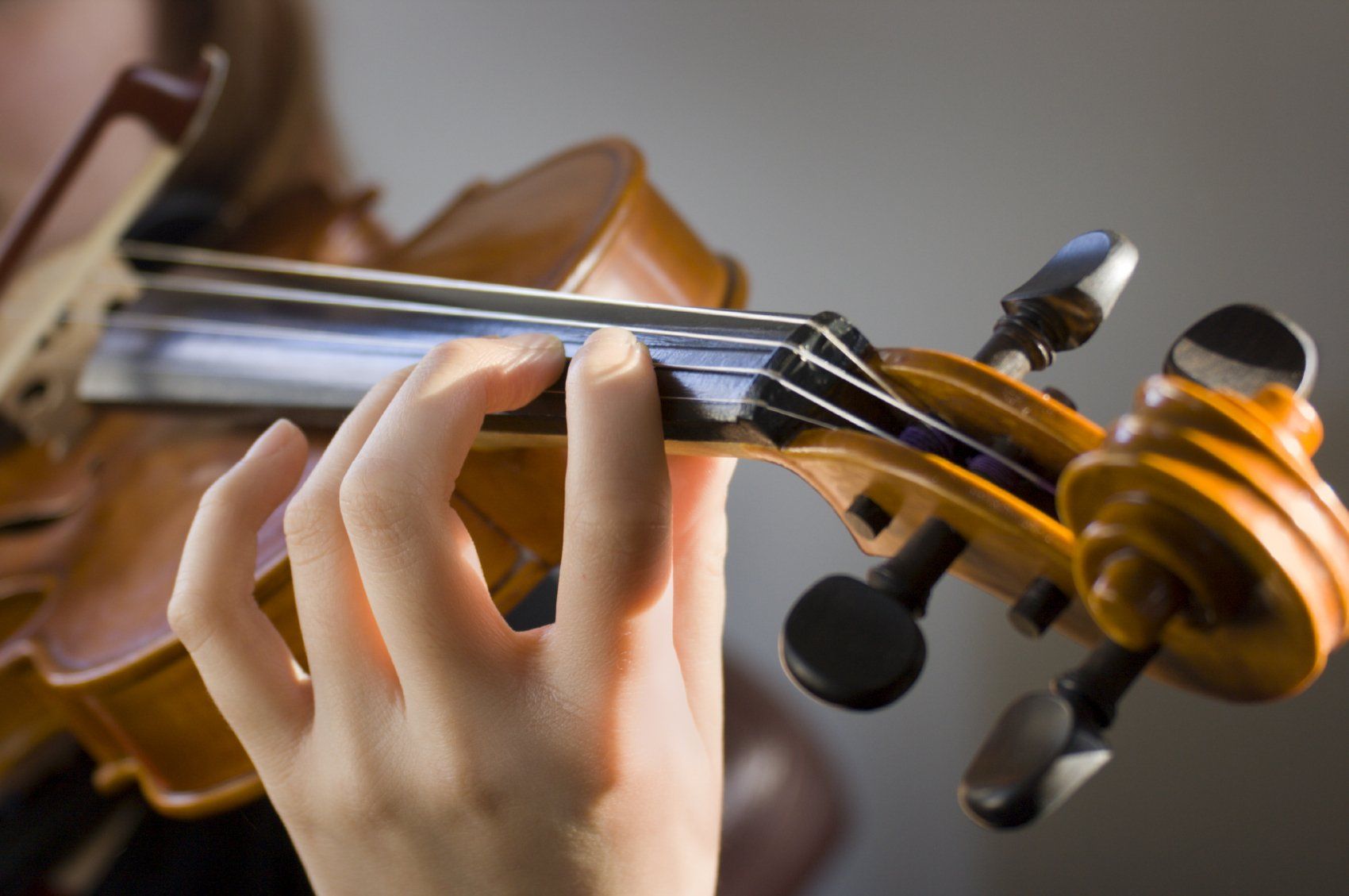Commit to Lifelong Learning
"perpetuam uitae doctrina!"
"Live as if you were to die tomorrow.
Learn as if you were to live forever." Mahatma Gandhi.

String Musical Instruments!
Enrich Your Life! We are here to point you in the right direction and cheer you on.
Why not Learn to Play a String Instrument?
You can do it! It is worth a try!


Lifelong Learning:
The Joy of Playing a String Instrument: Why You Should Learn to Play a String Instrument
Playing a string musical instrument is an incredibly fulfilling experience. Learning to play a string instrument can be both challenging and rewarding, and it is sure to bring a lifetime of joy.
Whether you are a beginner or an experienced musician, learning to play a string instrument can provide you with a great source of entertainment and satisfaction.
We will explore the many benefits of playing a string instrument and provide tips on how to learn to play a string instrument.

The feeling of playing a string instrument
Have you ever tried playing a string instrument? If not, you’re missing out on the great feeling of playing beautiful music and learning a new skill.
Music is food for the soul, and the joy of playing a string instrument is like no other. Playing a string instrument can be a lifelong learning experience, and it can bring so much joy and enrichment to your life.
There are many types of string instruments, such as guitars, violins, cellos, and ukuleles. Whether you’re looking to learn how to play classical music or rock ‘n’ roll, there is a string instrument out there for everyone. Each instrument has its own unique sound and feel, so it’s important to choose the right one that fits your needs and interests.
